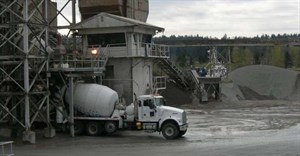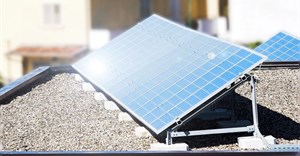
Subscribe & Follow
Eco-homes: Building materials of the future
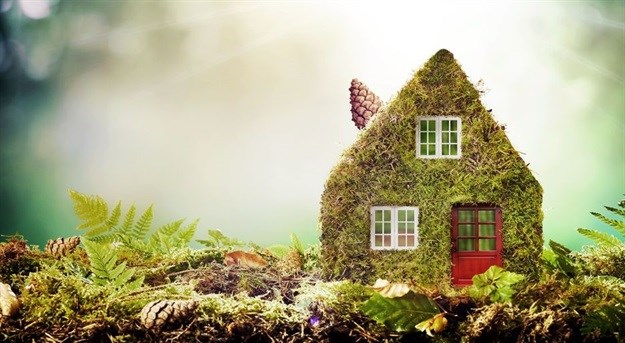
Globally, there have been some impressive developments in the sphere of eco-building. South Africa itself has seen a growing demand for environmentally responsible properties, particularly in the more upmarket sector, which has resulted in multiple eco-estates popping up around the country.
For those who are planning a build in the immediate or even distant future, RE/MAX of Southern Africa has researched some of the top global trends in eco-building that future home builders should know about:
Cork flooring
Cork is recognised as one of the few renewable and sustainable natural resources. Coming from the bark of the cork oak tree, cork is harvested when the tree is 25 years old. The bark regrows every nine years and the harvesting process leaves the tree undamaged.
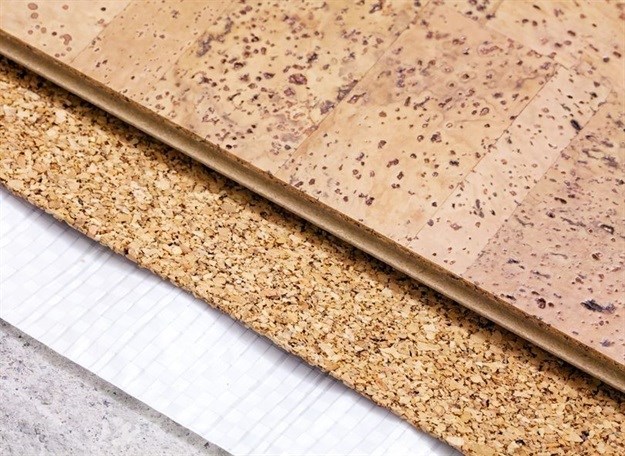
Cork is an incredibly versatile building material. Most commonly used for flooring, the manufacturing process creates next to no waste. In fact, the residuals from the production process of cork stoppers for wine are used to create the flooring. As a building material, cork is durable and can last up to 40 years if well-maintained. It also creates a plush surface that acts as both a natural sound absorber and thermal insulator.
Nappy roofing
It might sound gross, but the fibres in soiled diapers and sanitary pads can be recycled into re-usable plastic that can be formed into roof tiles and other building materials. A key player in this movement is a UK-based company called Knowaste, who recognised that more than 750,000 tonnes of nappy waste was being disposed of in the UK each year.
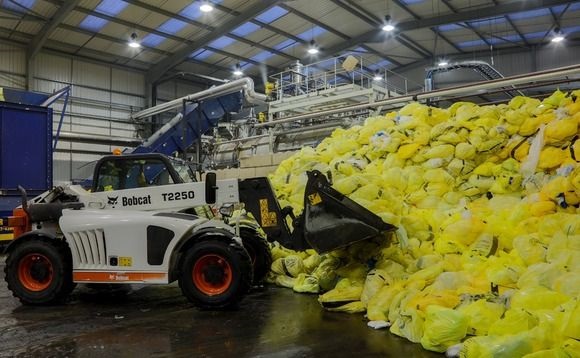
The company collects these products, washes and dries them (all liquids and solids are sent to the sewer) and processes what remains into plastic pellets that can be reused for other purposes. The resultant nappy roofing tiles are UV resistant, ultra-light weight (which makes for easy installation), and non-corrosive. It also provides good thermal and acoustic insulation.
Newspaper wood
Reversing the process of turning wood into paper, a Norwegian company has created a way to turn newspaper back into wood. This product is created through an upscaling process that layers a series of papers to appear like grains of wood. The end product can be used to create various products, from kitchen cupboards to shelving and other furniture.
Though not intended as a large scale alternative to wood owing to its various limitations (strength and size being limited to the properties of newspaper), but does pose a part-solution for the amount of paper waste we create each year.
All new developers should not only consider the environmental benefits, but also the financial rewards of eco-building. Environmentally responsible building is the way of the future. The more aware society becomes, the higher the demand for these kinds of properties will be. If you are planning on building a home, then it will be a prudent investment decision to use eco-friendly materials.









